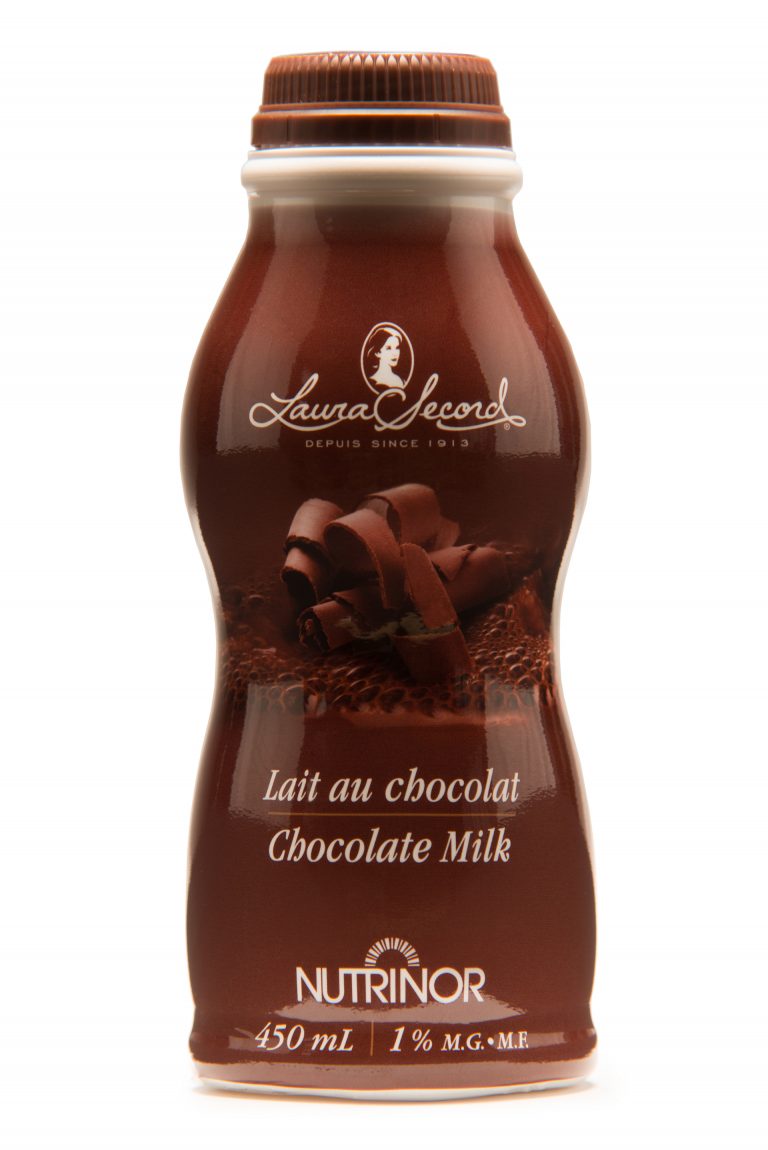Shrink sleeve labels can be wild and imaginative. Flashy examples abound on today’s shelves. It’s strange to think that they first became known as non-descript security devices on pharmaceutical bottles.
A shrink sleeve mini-history
Shrink sleeve labelling has actually been around since the 1960s but made a large-scale entrance in the packaging market when, in the 1980’s, Tylenol had its bottles tampered with. Because of the tragic circumstances that ensued, Tylenol and much of the rest of the consumer goods industry adopted tamper evident bands.
Over the course of the next two decades, companies gradually began exploring the possibilities of using shrink sleeve over the contoured surface of their products.
It was amazingly successful. Something about the full-out utilization of a product’s shape and volume with arresting colours brought great success to the early adopters who got it right. The shrink sleeve market in the USA alone when from $75 M in 2000 to $700 M in 2014. Shrink sleeve is a proven, successful packaging vehicle.
There are now many sleeve labelled products out on the shelf. Companies adopting this print method for the first time have to work carefully in order to clearly distinguish themselves from the rest.
Shrink sleeve basics
To successfully approach a shrink sleeve design project, and stand out from your competitors, you need a highly methodical approach including:
-Clearly defining your business objectives, a budget and projected sales results
-Creating the design based on your business objectives, using clearly targeted content
– Breaking down the design into different aspects including content clarity, graphics and aesthetic elements
-Selecting the technical aspects of the sleeve to suit your design, including types such as full body sleeve, roll fed or wrap around. It also includes whether you need to include micro-perforation or not, and whether your packaging should be clear or not.
– Selecting the appropriate Print method and ink for your project, based on production volume needs and desired effect on the target audience. Print method can include digital, flexography or rotogravure. Ink types can include water or alcohol based as well as ultraviolet inks.
-Evaluating whether you should be applying the labels in house our by using a co-packer. If your are looking at in-house application you need to consider your options among automated tunnels and applicators.
Every shrink sleeve project is unique
Because of the amount of variables involved with shrink sleeve design, each sleeve label project ends up being unique. It so happens that uniqueness is a quality that is essential to a successful shrink-sleeve design. That’s how we see it.
If you’d like to find out more about successful shrink-sleeve packaging design, download our ebook on the subject.
Interested in the more technical aspects of shrink-sleeve and how to adapt it to your product? Contact us. We’re happy to help.







